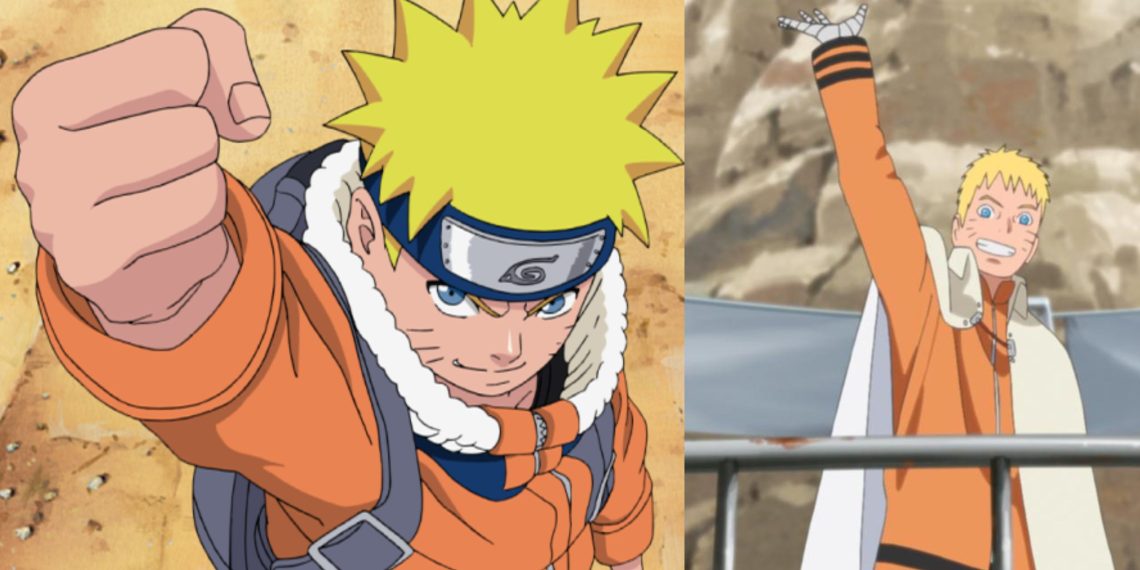One of the most popular anime and manga franchises in the past two decades is easily Naruto.
Often mentioned alongside hits such as One Piece, Bleach, and even Dragon Ball, it’s a major property that continues to this day through its sequel, Boruto.
Long before that series began, however, its predecessor set the pace that fellow shonen anime and manga continue to follow.
Naruto is essentially the quintessential shonen series in numerous ways, and the DNA of other works can be traced directly back to it.

From its underdog protagonist, its ability to evolve its narrative, and its engaging cast, the series had everything that viewers and readers would want.
Add in some of the better villains from the shonen works of that era, and it’s inarguable that Naruto was the most influential of the “Big 3” anime.
Naruto Had a Protagonist That Fans Could Root For
The title character, Naruto Uzumaki, may end up becoming a big deal in the Hidden Leaf Village, but that’s far from where he started out.
Instead, he was an outcast among those he grew up with, and even most of the adults kept him at arm’s length.
At best, many saw him as a goofball who wasn’t to be taken seriously, while others saw Naruto as an outright threat.
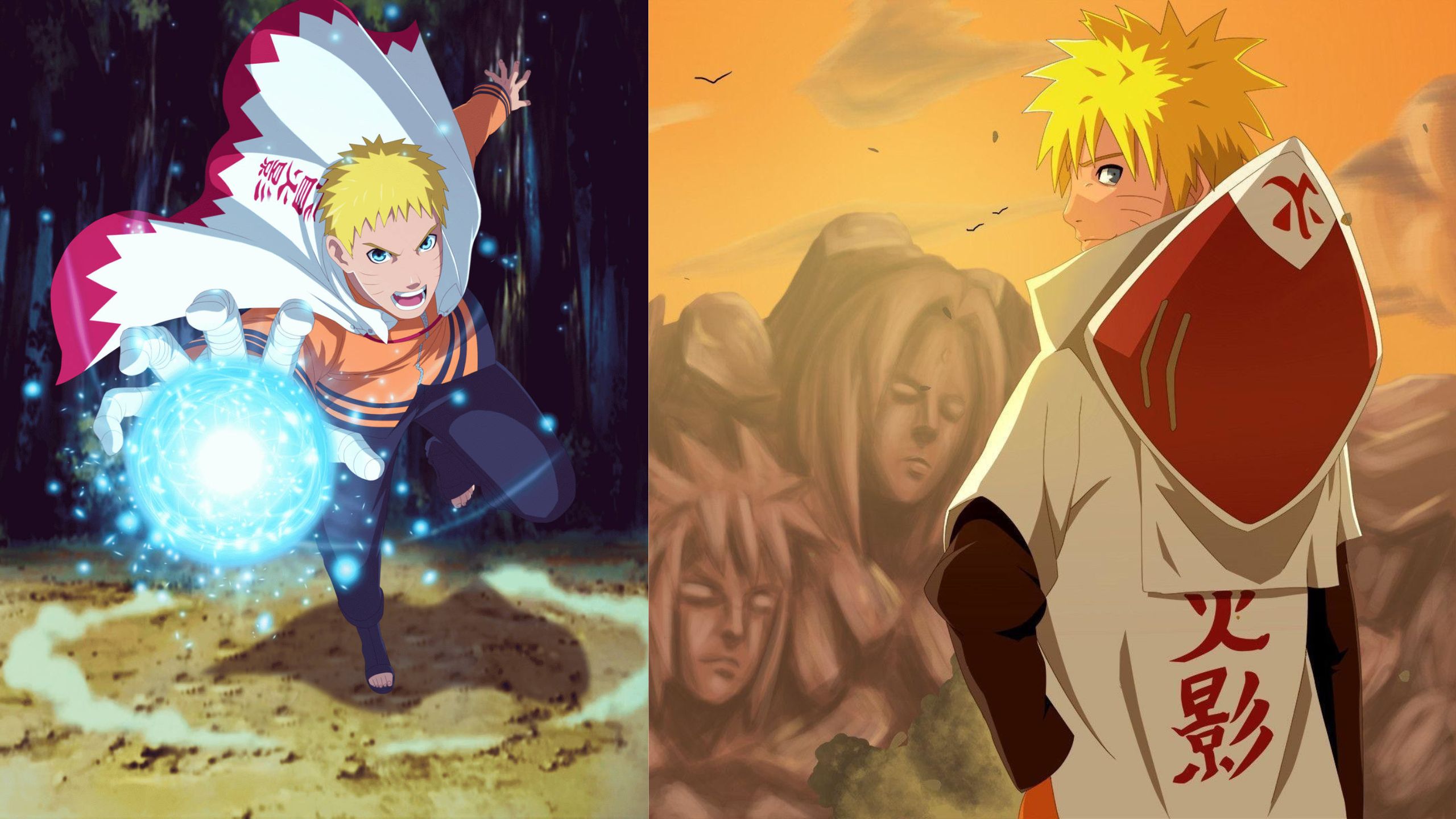
This is all due to his connection to the Nine-Tailed Fox, which he wasn’t even aware of for the longest time.
There was also the fact that he was an orphan, leaving him without family and friends in his most formative years.
Despite these setbacks, Naruto never let anything or anyone hold him down. He strived to achieve his longshot dream of becoming Hokage, a.k.a. the leader of the Hidden Leaf Village.
This made the protagonist incredibly relatable, especially since this mission was such a strong driving force in the series’ narrative.
While many characters in One Piece had similarly saddening backstories, they weren’t on the same level as what happened with Naruto.
The same goes for his underdog status, as that’s far from what’s exemplified in characters such as Ichigo Kurosaki from Bleach or Dragon Ball’s Goku.
At the same time, the idea of having such a driven (if obnoxious, at times) hero is clearly seen in newer works such as Black Clover and My Hero Academia.
These were all clearly inspired by what made Naruto so popular as a character.
The Depth of Naruto’s Side Characters and Villains
The depth and tragedy in the character of Naruto Uzumaki aren’t exclusive to him, as his supporting cast gets the same treatment.
Characters such as Sakura Haruno, Sasuke Uchiha, Kakashi Hatake, and Hinata Hyuga are very much parallel to Naruto in terms of how layered they are and how their backstories inspire their current actions.
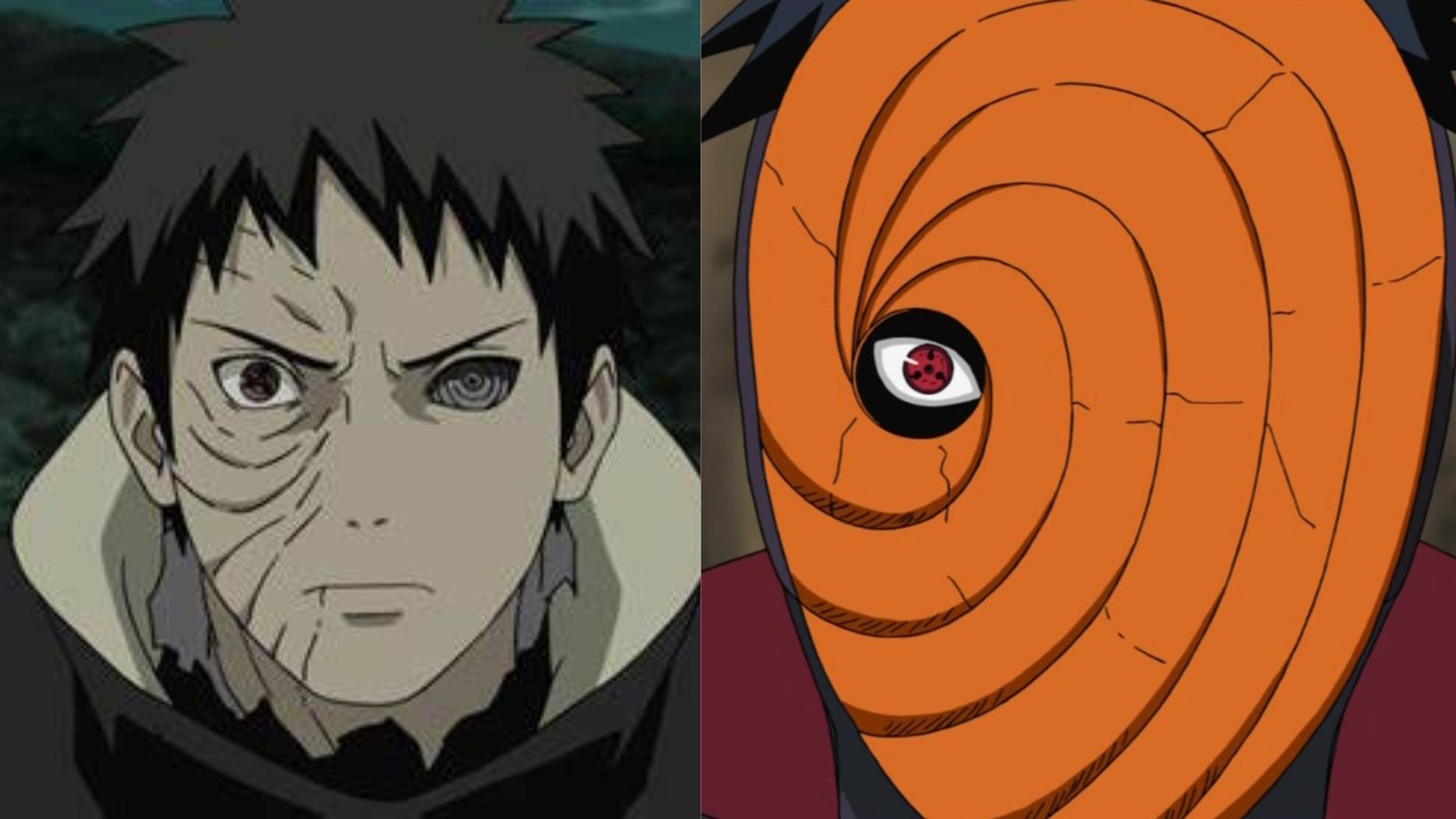
While Sakura seems weak at first, she soon finds her footing and excels as a medical ninja.
The connection between Tobi/Obito is made all the more tragic given their ties to Kakashi, who hides a lot of guilt behind his mask.
Likewise, Hinata is very similar to Naruto, and she’s a veritable outcast within her clan and essentially abused by her cousin for her supposed weakness.
Even the far more popular Sasuke has his own burdens to bear due to the fate of the Uchiha Clan, making him more than just a golden boy.
The Influence of Naruto on Its Supporting Cast
Many of these characters, as unlikely as it seems, are made stronger and inspired by Naruto. This is especially the case with Hinata, who goes on to marry Naruto by the series’ end.
She’s driven by him during the Chunin Exams to face her cousin Neji, standing tall and finding her inner strength.
Sakura is initially annoyed by Naruto, but she comes to respect him. There are also several other characters who get their own moments of depth and spotlight.

Many of these are friends and rivals of Naruto’s team, and while some are more developed than others, they add to the final worldbuilding in the series.
Chief among these is the cynical and nonchalant Shikamaru, who actually cares about his friends underneath his irritated exterior.
Thus, there’s someone for everyone to like, and this sets the stage for other shonen to do the same with their casts.
On the other hand, shows such as Bleach and Dragon Ball Z definitely started honing in on specific characters (namely Dragon Ball protagonist Goku), which kept their casts from being as well-rounded.
The Villains of Naruto
Conversely, the villains were also a great part of Naruto, as they also had great levels of depth and fear factor.
Foes such as Madara, Obito, and Pain were all tragic villains, and this made their parallel to Naruto himself even greater.
It showcased how Naruto might have ended up under different circumstances, in doing so cementing him as a true hero.
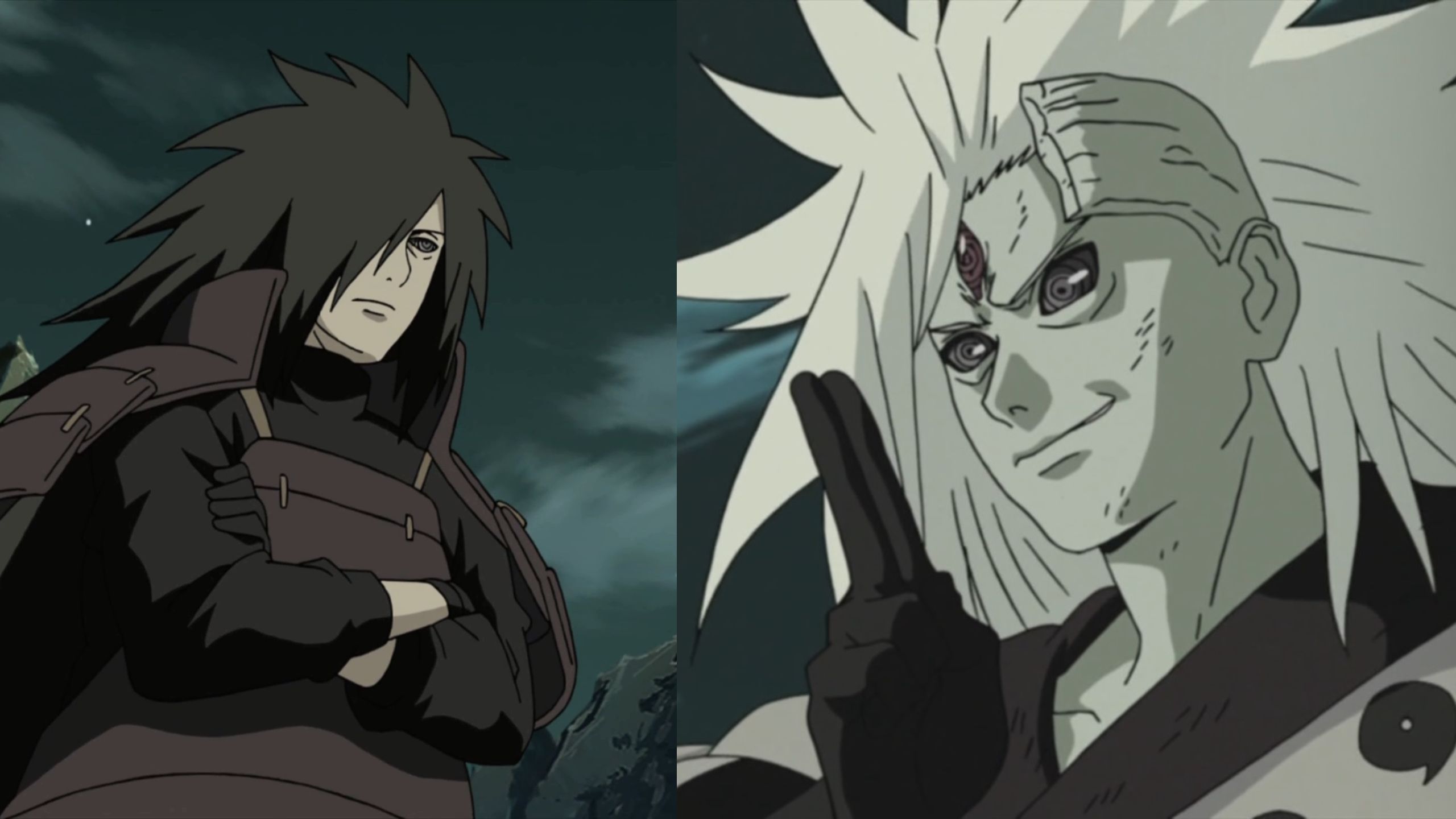
On the other hand, there’s the outright evil of someone such as Orochimaru, who perfectly embodies a devilish sense of danger.
This gives Naruto a good variety of villains, from those who are meant to be felt sorry for to some extent, to others who are completely irredeemable.
Dragon Ball rarely had any such depth to its villains beyond their role of being punched, and with Bleach, the fan-favorite Sosuke Aizen was easily the unquestionable peak of villainy that was never reached again.
Naruto’s Evolving Scope
One thing that Naruto didn’t fall into was being formulaic or blasé in how its story developed. Each major arc in Naruto had a different scope and nature, from tournaments such as the Chunin Exam arc to more “hunting-based” stories such as the Retrieval arc.
This kept things fresh and ensured that each arc wasn’t simply a repeat of what had come before.
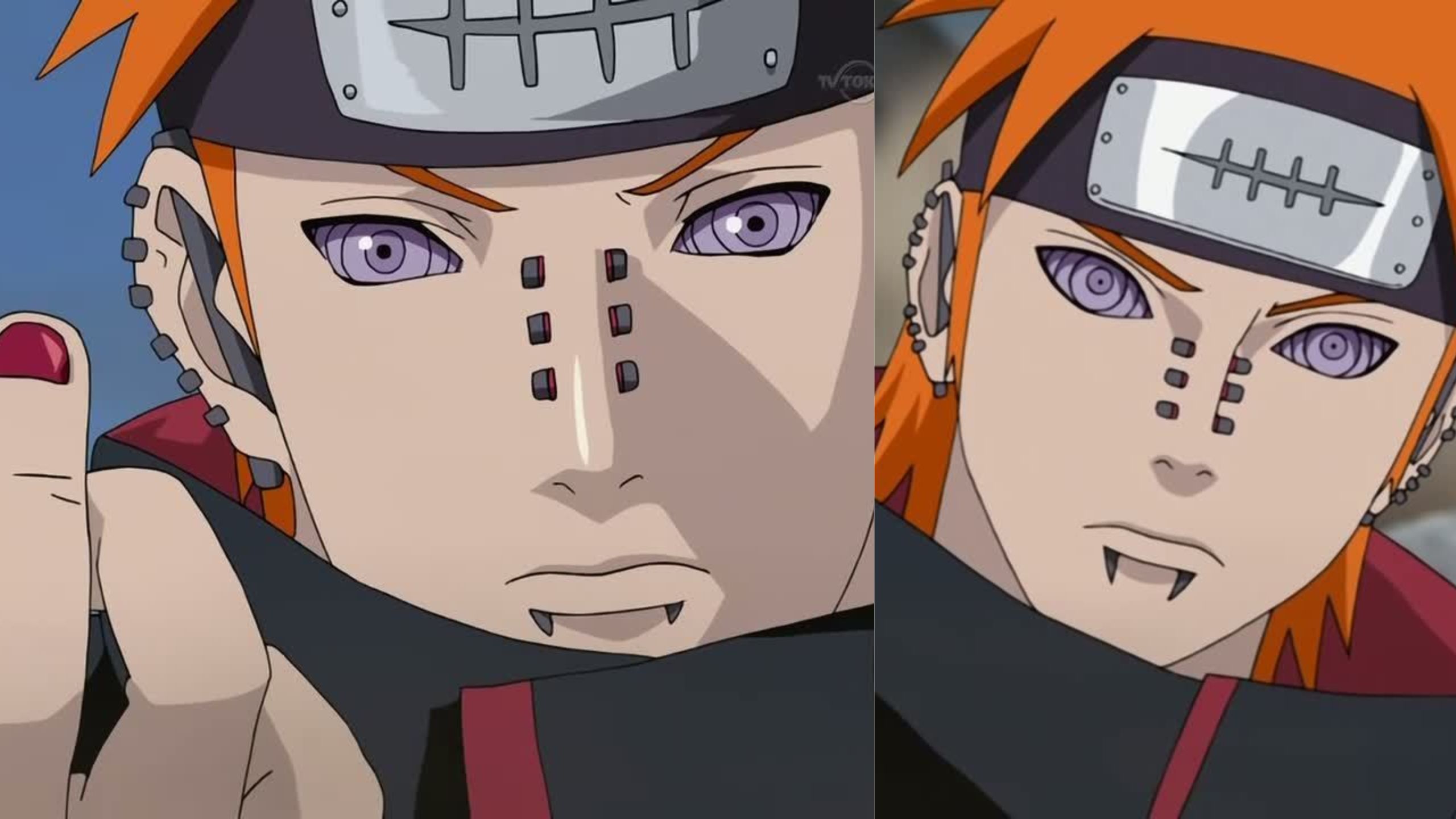
Thus, fans who were reading or watching Naruto for the first time didn’t know what to expect, keeping them on their toes and the series from getting stale.
As a result, more modern shonen have tried to do the same thing, whereas older series tended to stick with a certain formula.
The Comparison to Other Series
The tread path of the Dragon Ball franchise is well-known, and it’s one of the biggest offenders in terms of anime and manga having to go “bigger” in order to keep ratcheting up the threat level.
The late Akira Toriyama tried multiple times to end the series and keep it from running out of steam, and while he succeeded in keeping the franchise popular, it meant pushing it far beyond its intended selling date.
Likewise, Bleach also felt like it was treading water after the defeat of Aizen, as it quickly began repeating storylines, eventually reverting to the means of Ichigo protecting the Soul Society.
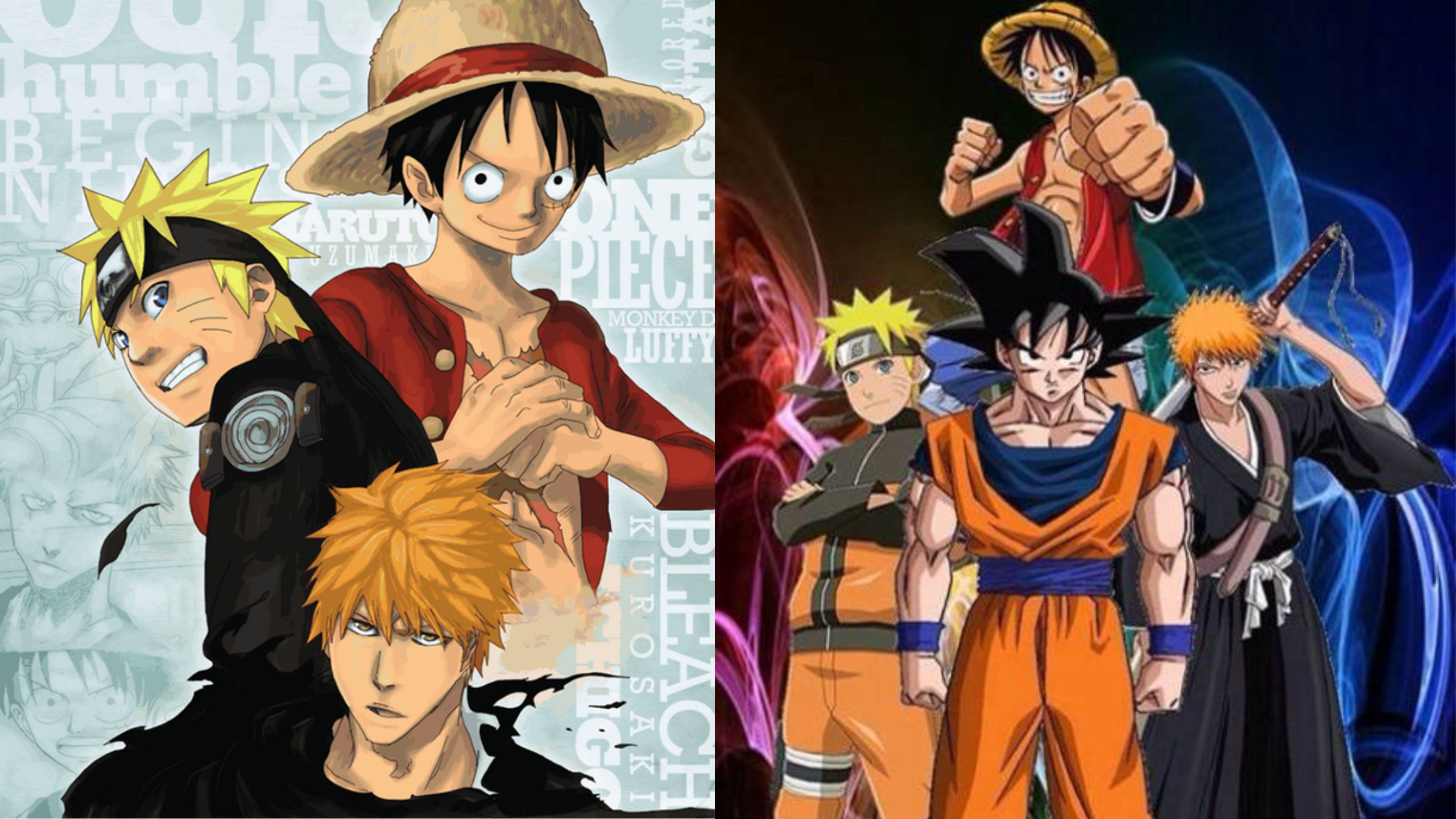
Even as popular as One Piece is, it’s very much a series of Luffy and the Straw Hats hopping from one island to another to stop the corresponding villains found there (who are likely oppressing the town in some way).
Naruto, for all its faults, didn’t simply fall into such a rut. Thus, it’s no surprise that more recent manga and anime such as Demon Slayer are more versatile in their plotting and arcs.
Naruto’s Legacy and Influence on Modern Shonen
The biggest proof of this is how many of the later arcs are being adapted into movies, the likes of which don’t feel like the same thing over and over again.

A similar sense of experimentation and freshness can be seen in the so-called “Dark Trio of Shonen,” which, despite their tone, bears more in common with Masashi Kishimoto’s series than Tite Kubo’s grisly Bleach.
This versatility is part of the precedent, among others, that Naruto set so many years ago.

